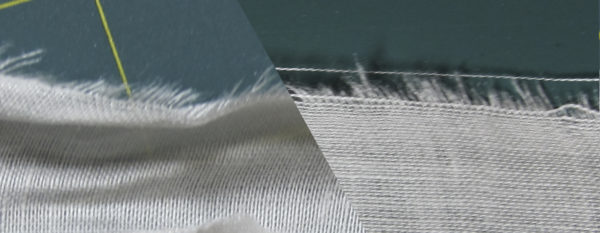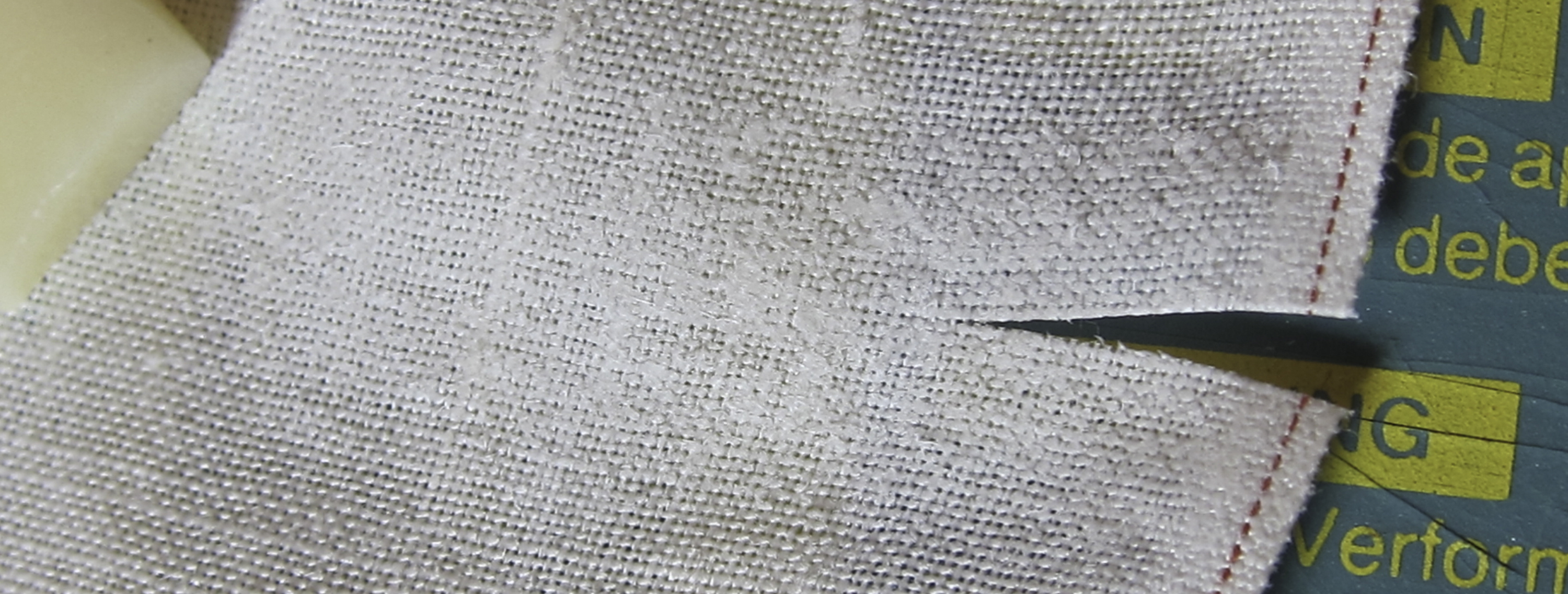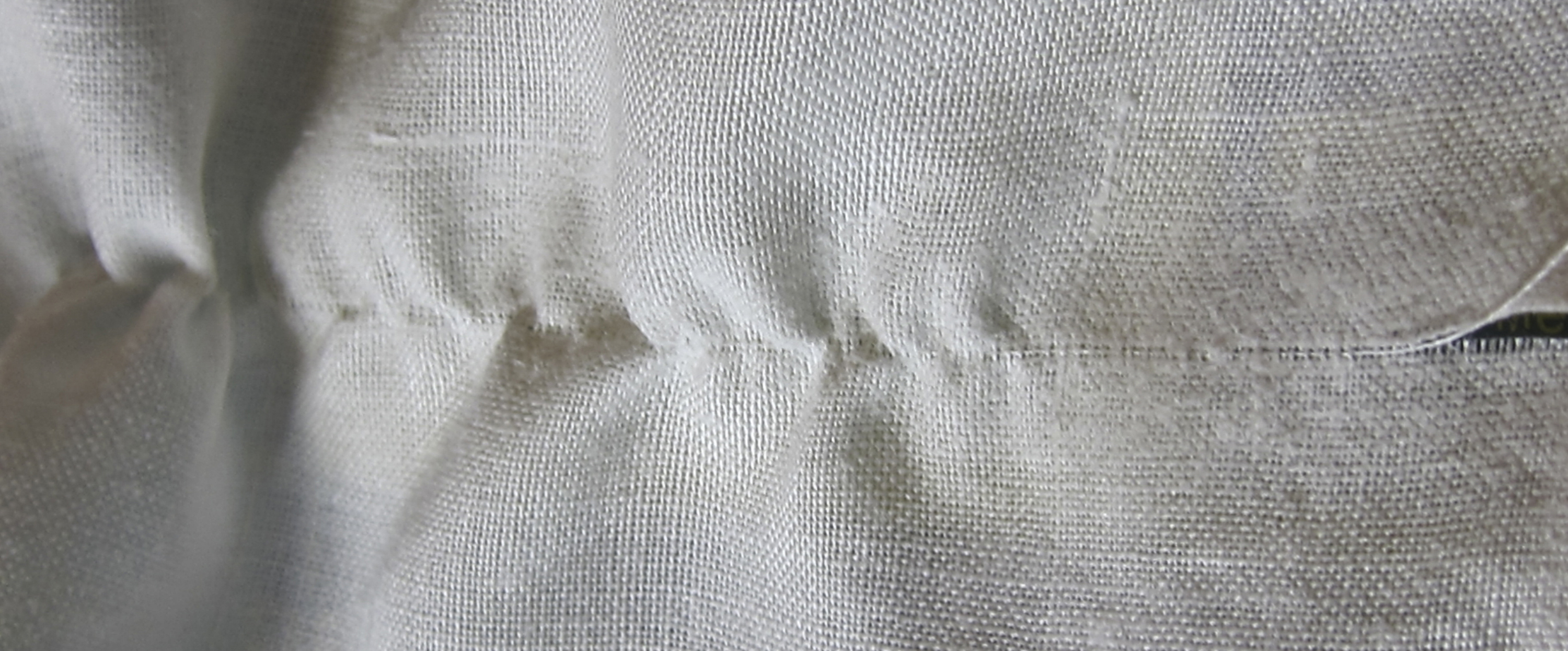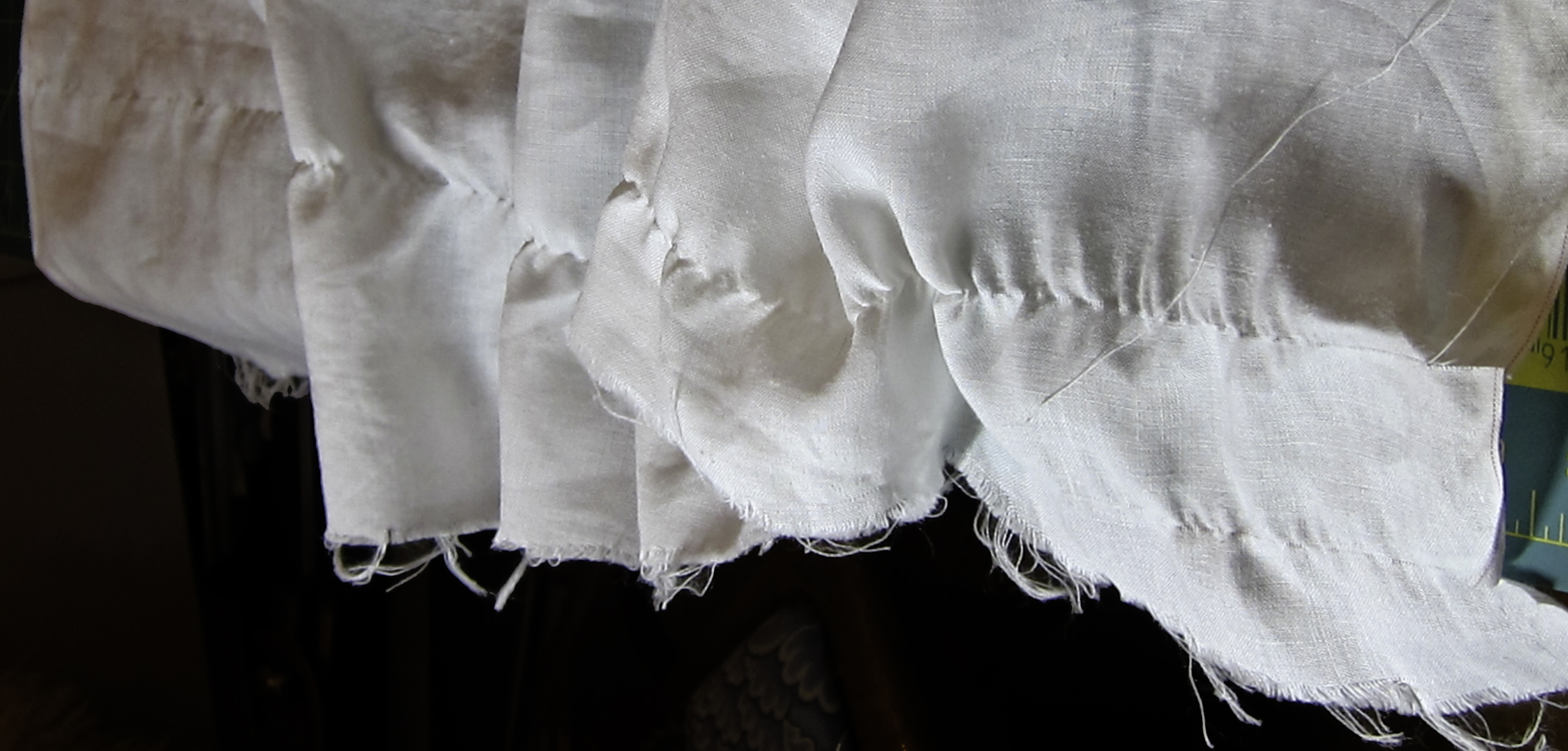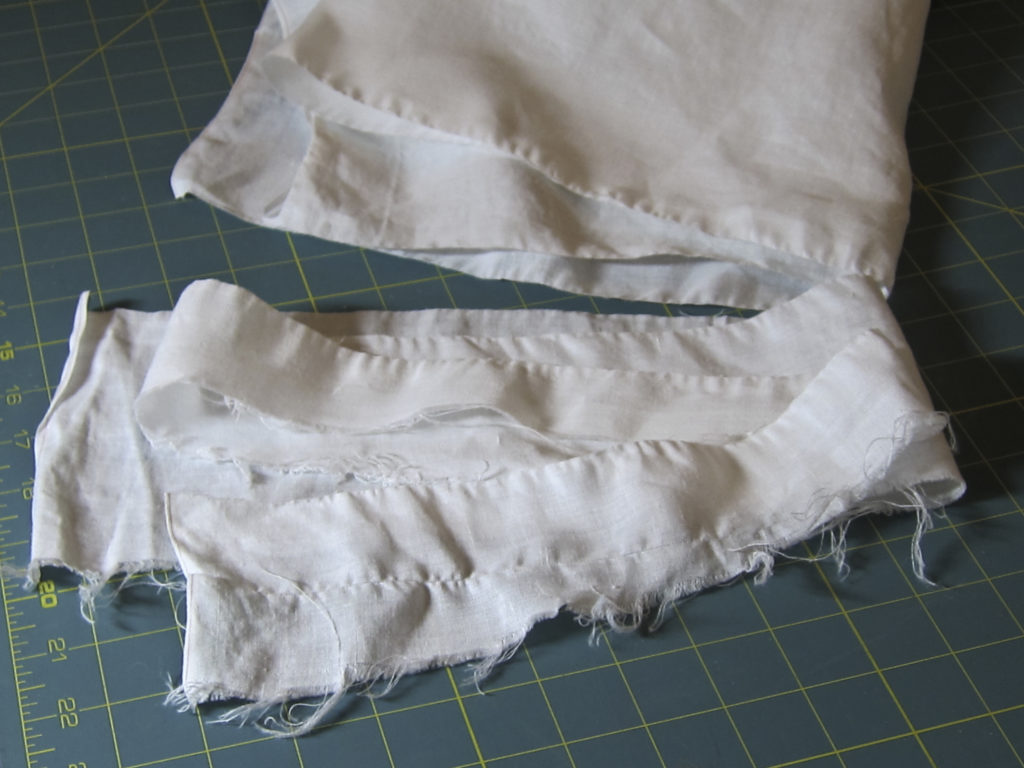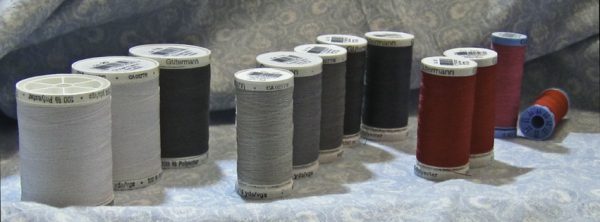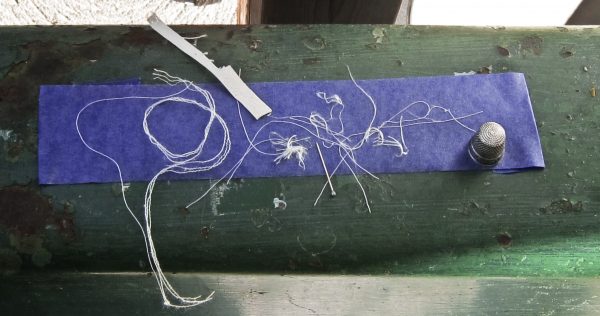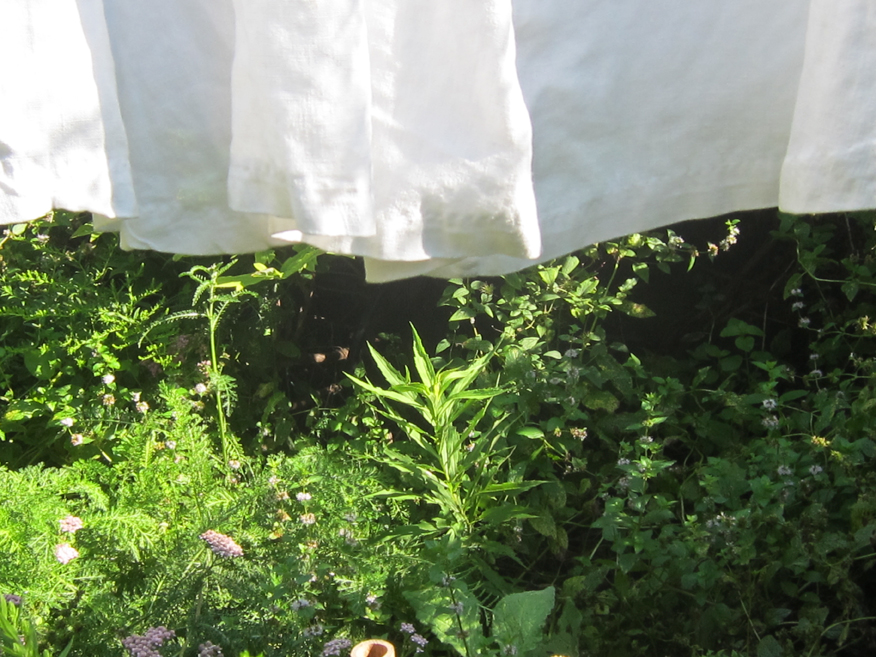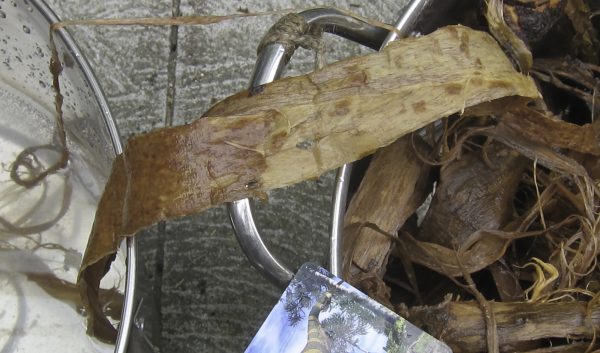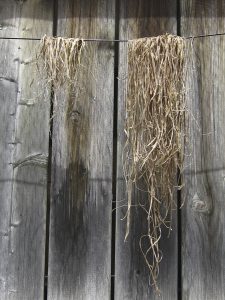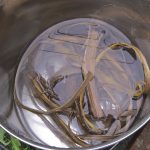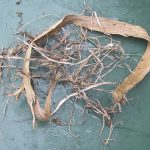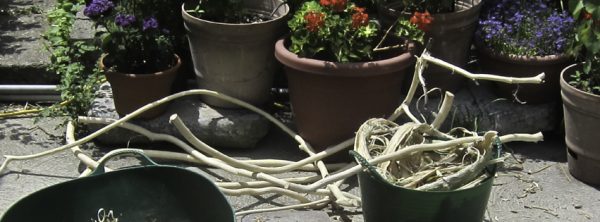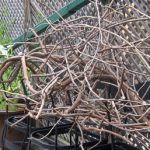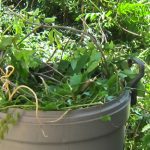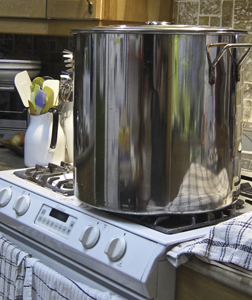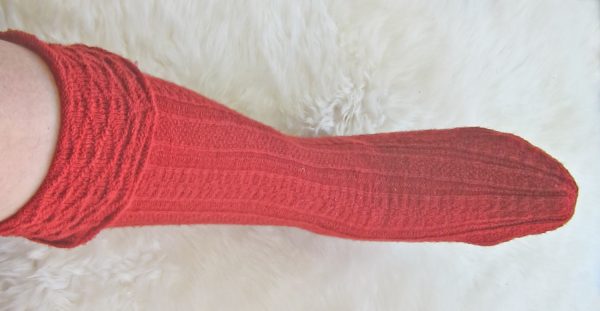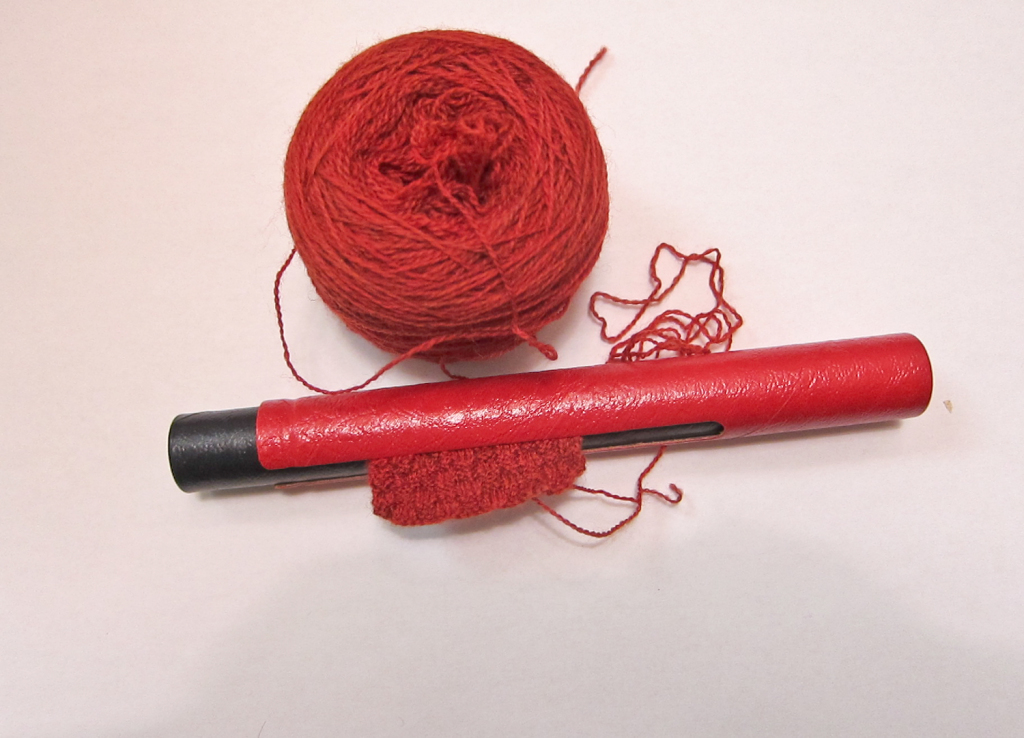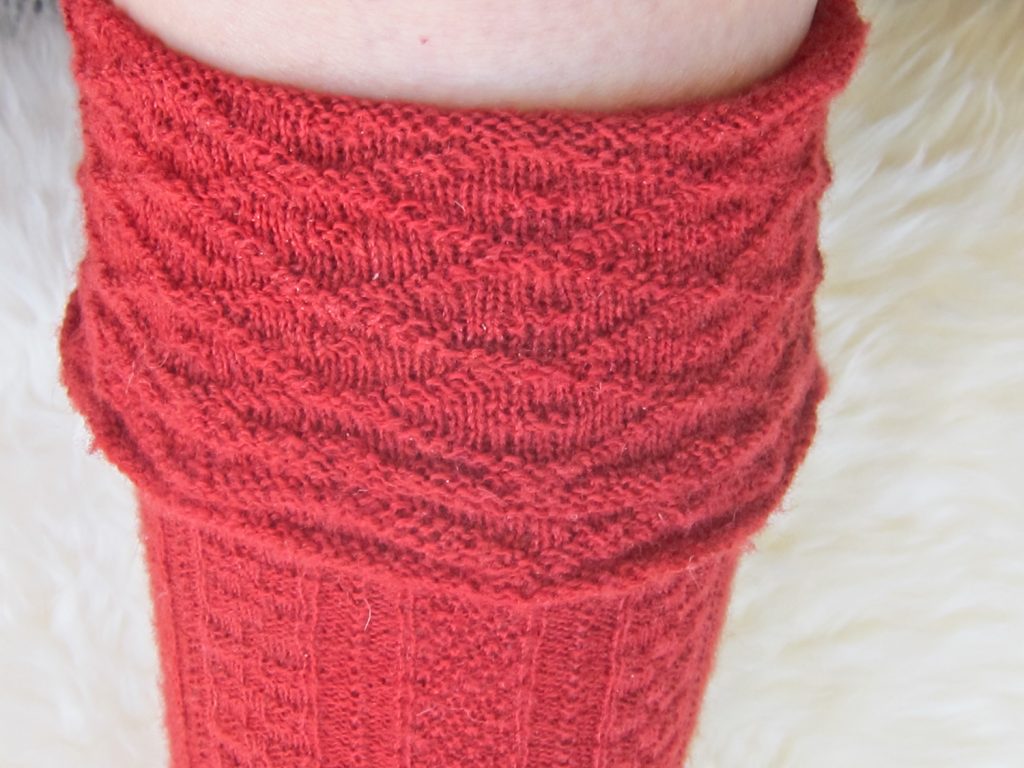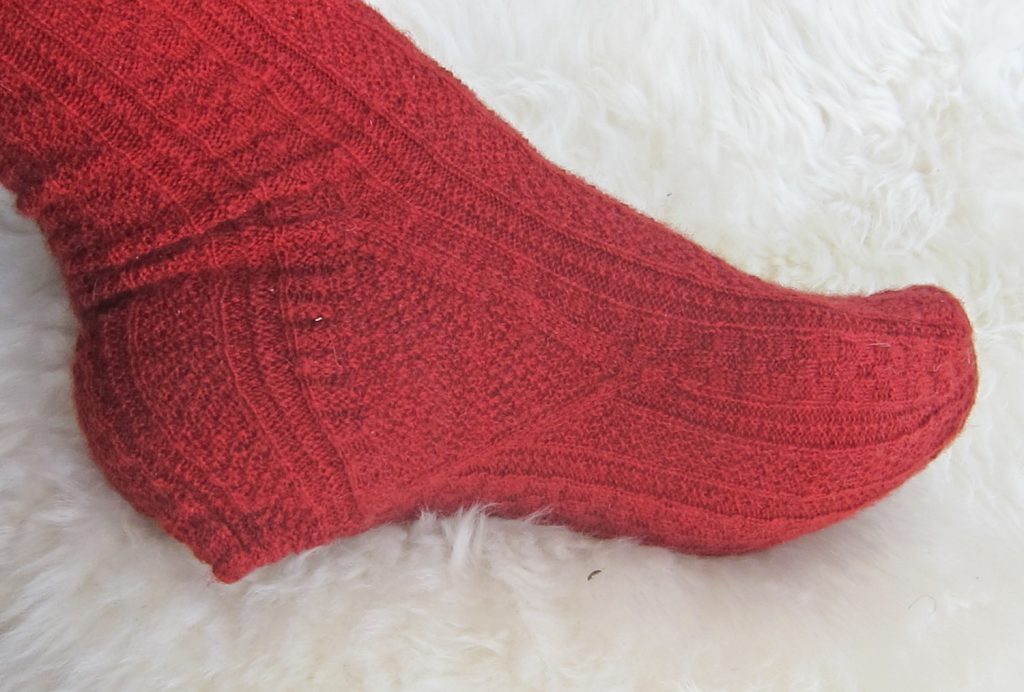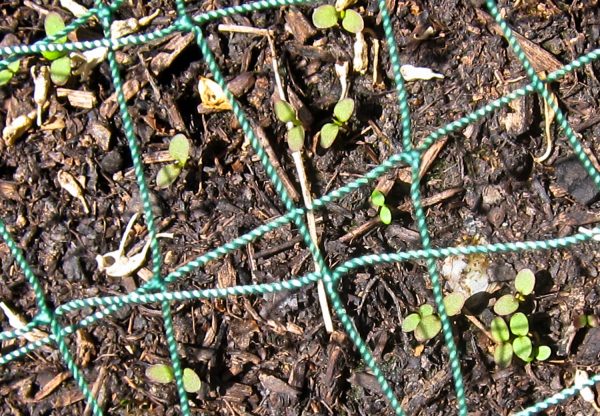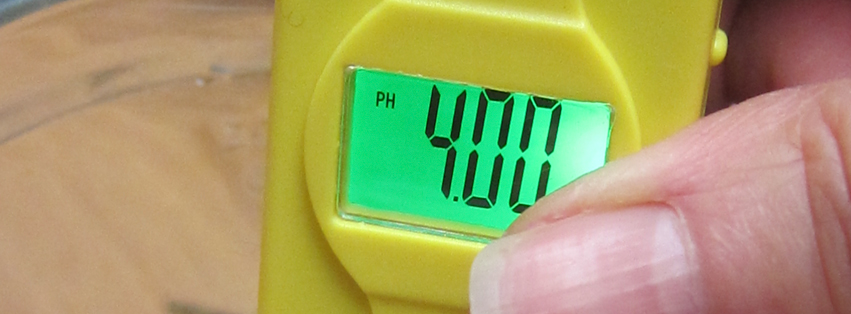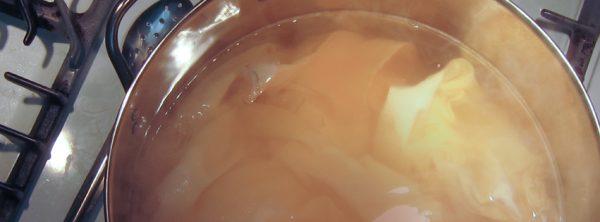The trials & tribulations of establishing the grain on linen
In a long thread on the Elizabethan Costume Facebook page, Co-Moderator Noel Gieleghem posted an excellent suggestion regarding the challenges of straightening grain in linen – plus a dire warning as to the perils of attempting to tear linen!
The thread is long; I’ve given a link to the whole exchange at the end of this post. It includes a lot of discussion about tearing vs. pull-a-thread-and-cut in various fabrics. Noel chimes in around the middle, passing on a really, really, REALLY good technique for straightening the grain on linen.
Linen does NOT like to be torn; tearing it distorts the grain, and, even with pressing, it stays distorted. The images above are a piece of handkerchief linen that’s been torn (it rippled like mad), then pressed carefully and thoroughly. Even after pressing, the torn threads are still off grain. Also, the first dozen or so lines of weft next to the torn edge are packed together. This may look minor, but it makes the edge behave differently from the body of the fabric, and can distort what’s being sewn.
So the preferred way of establishing the grain on linen is the old, tried-and-true “pull a thread” technique. Which is tedious.
But despair not! Noel wrote: “A tip I learned from Joy Shillaker in England is scribing your draw line with a bar of soap. It lubricates the thread you’ll be drawing and makes pulling it out much, much easier.”
Having spent many hours pulling threads that inevitably break, fishing the broken end out, and going through the cycle way too many times, I decided to test the technique. I’d already spent a serious chunk of time and patience straightening the grain on one end of my test subject, and that was a pain – the thread did not like to be pulled and broke at every opportunity.
In contrast, the soap line worked beautifully! It was orders of magnitude easier and faster than straightening the first end had been – and much, much less frustrating.
The end of the linen was so badly distorted – and crookedly cut – that it was hard to see where to put the soap line. So, I snipped along a thread, eyeballed where it led to, and started with a short (~30cm/1’) line:
Then I started to scoot the fabric along the pulled thread, drawing more sections of the soap line when I could see where it should go:
The whole process went fast and was super-easy; in fact, it went so well that I got across the whole width without the thread breaking!
In record time, I had an established grain line – and an offcut that’s a graphic illustration of why it’s so important to establish that grain line!
Thank you, Noel, for passing on that amazingly effective tip!
I’ve pasted a link to the whole conversation on the Elizabethan Costuming page here.

